Specifications
| book-author | Stanley I. Sandler |
|---|---|
| publisher | Wiley; 5th edition |
| file-type | |
| pages | 1032 pages |
| language | English |
| asin | B06XX2FN1R |
| isbn10 | 047050479X |
| isbn13 | 9780470504796/ 9781119343783 |
Book Description
In this newly revised 5th Edition of Chemical and Engineering Thermodynamics (PDF); Sandler presents a modern; applied approach to chemical thermodynamics and provides sufficient detail to develop a solid understanding of the key principles in the field. The ebook confronts current information on safety and environmental issues and how chemical engineering principles apply in biochemical engineering; biotechnology; polymers; and solid-state-processing. This ebook is appropriate for the graduate and undergraduate level courses.
NOTE: Only includes Chemical; Biochemical; and Engineering Thermodynamics; 5e in PDF. No access codes included.

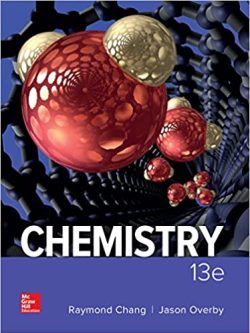

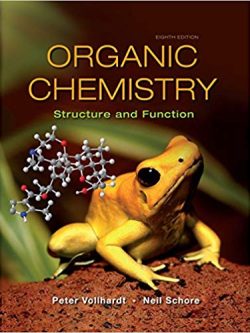





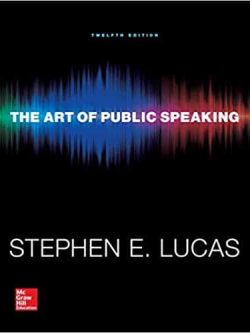

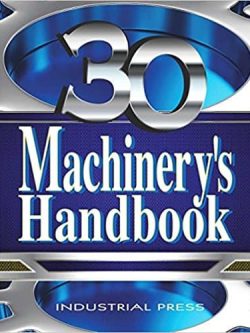
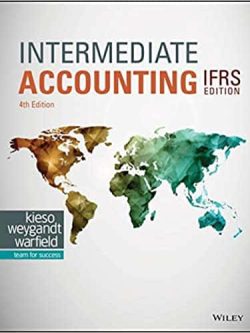
Reviews
There are no reviews yet.